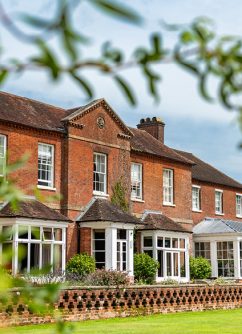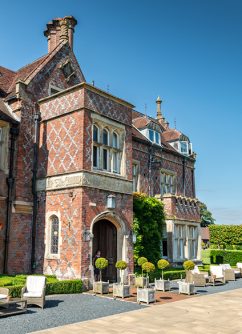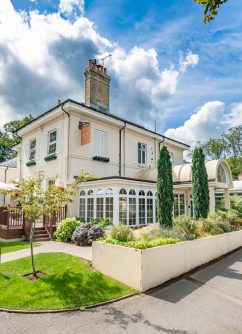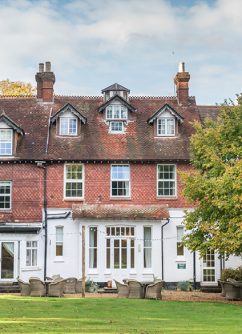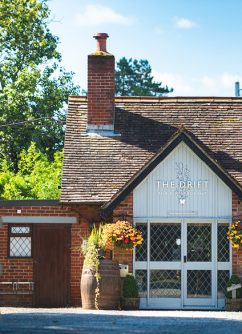Journal New Forest Collection
The History Of Afternoon Tea
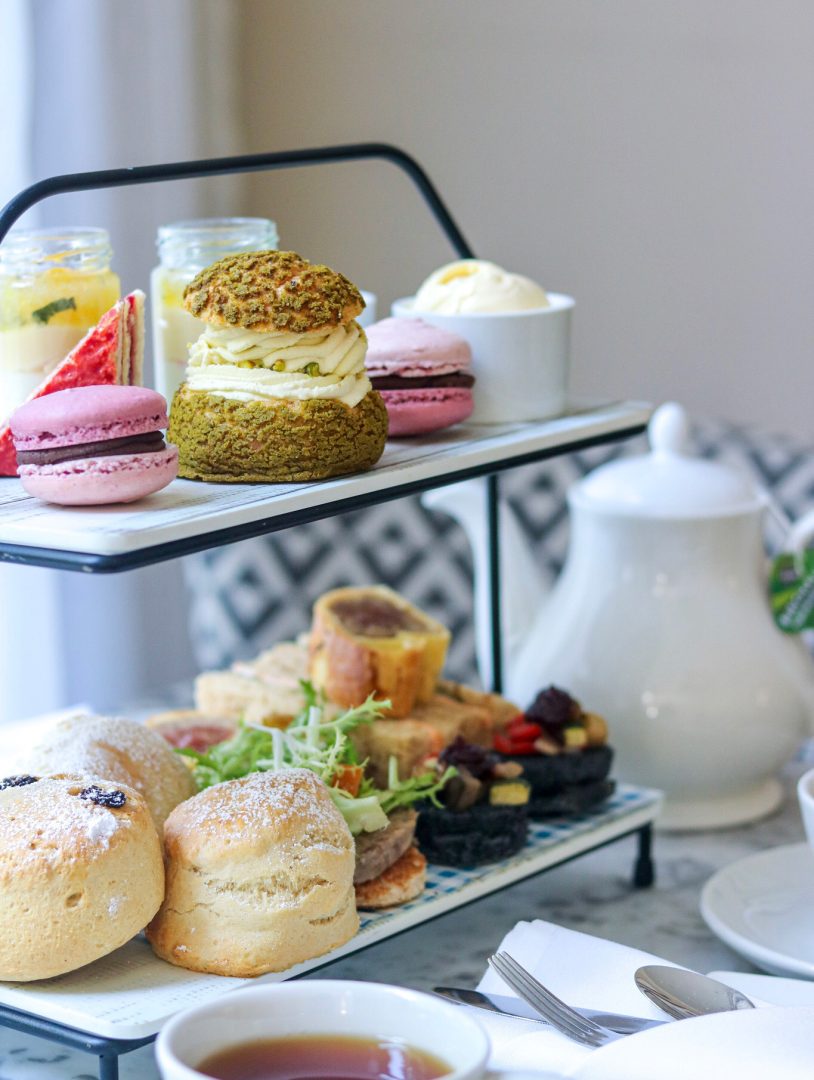
The History Of Afternoon Tea
Afternoon tea has been a tradition enjoyed for hundreds of years. The idea began in the UK in the mid-1800s. It is believed to have been popularised by Anna, the seventh Duchess of Bedford, who would find herself feeling hungry in the late afternoon and then requested a small meal of tea, bread, and butter to be served in her room. This became a habit for her and she began inviting friends to join her, and the idea of afternoon tea as a social occasion was born. The tradition soon spread beyond the aristocracy and has become a widespread custom throughout Britain and other parts of the world.
The history of afternoon tea has remained true to its roots all these years later, with people coming together socially to enjoy afternoon tea, delicious cakes, sandwiches and savoury treats.
Why did Afternoon Tea originate?
Afternoon tea began simply as a means of snacking. Once Anna had adopted it as part of her daily routine, she soon began inviting friends to join her for delicious snacking and afternoon dining, creating a social affair.
Where did Afternoon Tea originate?
Afternoon tea originated in England in the mid-1800s. It was a custom that started among the wealthy and aristocratic classes, and then gradually became popular among the middle classes. Today, afternoon tea is a beloved tradition in many countries around the world, and has been adapted to local cultures and customs.
Original Afternoon Tea ingredients
The original afternoon tea, as served in the mid-1800s, typically consisted of a light meal that included tea, sandwiches, scones and cakes or pastries. The specific ingredients and types of food served varied depending on the season and the preferences of the host, but there were some standard components that were commonly included.
Tea: The centrepiece of afternoon tea was, of course, tea! At the time, black tea was the most popular variety, usually served with milk and sugar. Some popular types of tea included Darjeeling, Assam, and Ceylon.
Sandwiches: A variety of small sandwiches were typically served, with fillings such as cucumber and cream cheese, egg and cress, smoked salmon and dill, and ham and mustard. The sandwiches were often cut into bite-sized portions, and the crusts were usually removed.
Scones: Scones were a popular addition to afternoon tea, usually served with jam and clotted cream. They were traditionally made with flour, sugar, butter, and milk, and sometimes included raisins or currants.
Cakes and pastries: A selection of small cakes and pastries were also served, such as fruit tarts, éclairs, sponge cakes, and biscuits.
Overall, the original afternoon tea was designed to be a light, elegant meal that could be enjoyed in the mid-afternoon to stave off hunger until the evening meal. While the specific ingredients and recipes may have evolved over time, the essence of the tradition has remained the same, with tea and small bites being at the heart of the experience.
The modern day Afternoon Tea
The modern afternoon tea has evolved to include a wider variety of ingredients to suit various pallets and to mark an occasion.
Variety of teas: Today, a wider variety of teas are often served at afternoon tea, including green, white, and herbal teas, as well as more unusual and exotic blends. Tea sommeliers are also becoming more common in high-end establishments, helping to guide guests through the different types of teas available. As well, of course, as coffee and other hot drinks.
Savory bites: In addition to sandwiches, modern afternoon teas often include other savoury bites such as quiches, mini pies, and delicious savoury pastries.
Sweet treats: While cakes and pastries have always been a huge part of the history of afternoon tea, the modern version often features more elaborate and visually impressive desserts such as macarons, petit fours, mousse, and other intricate creations.
Champagne: While not a traditional component of afternoon tea, many establishments now offer champagne or other sparkling wine as an optional accompaniment to the meal. This is often served in addition to or instead of tea and creates a more established and fancy element to a traditional afternoon tea.
Afternoon Tea in The New Forest
If you’re craving a decadent and delicious afternoon tea, we’d love to welcome you to a plentiful afternoon tea in the New Forest, surrounded by gorgeous scenery and breathtaking grounds and gardens at one of our New Forest Collection locations. Enjoy an afternoon tea in one of our onsite restaurants, such as the award winning 1820, Taylors bar at Beaulieu Inn, inside the gorgeous Bartley Lodge, or the grand Burley Manor.
You’ll find a wealth of choice as part of our traditional afternoon tea range, including various tea options such as Chamomile, Green Tea, Darjeeling, Winchester Breakfast, and a selection of flavoured Rooibos. As well as coffee.
The afternoon tea menus at our restaurants are subject to seasonal change, however our sample menu includes delicious savoury and sweet options such as Caramelized Onion Sausage Roll, Smoked Salmon and Cream Cheese sandwiches, Cheddar and Chutney sandwiches, Roasted Vegetable Tarts, Honey Roast Ham and Dijon Sandwiches, and of course decadent cakes and pastries such as a Berry Panna Cotta, Chocolate Eclairs and Mini Lemon Meringue Pies.
Our afternoon teas are for everyone to enjoy, we have a selection of gluten free, vegetarian and vegan options as part of our afternoon tea offering too, simply ask for the specific menu.




